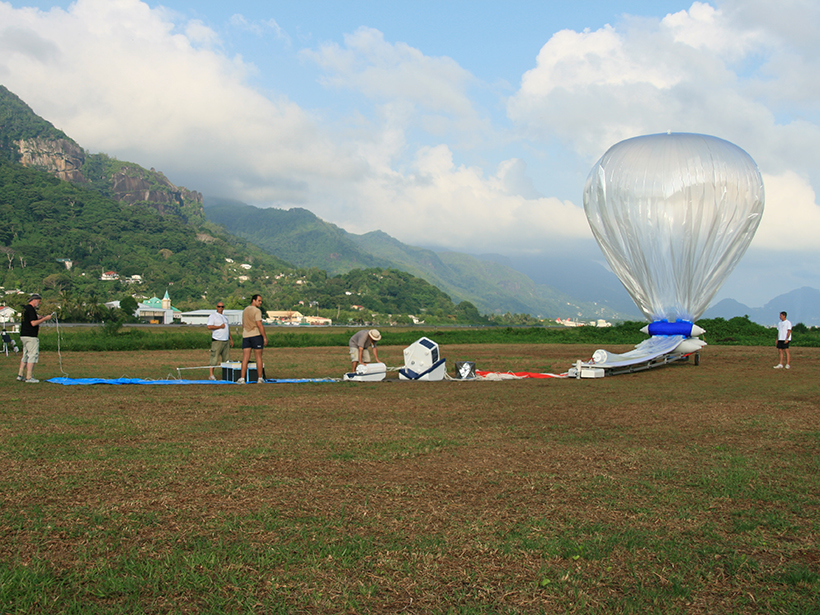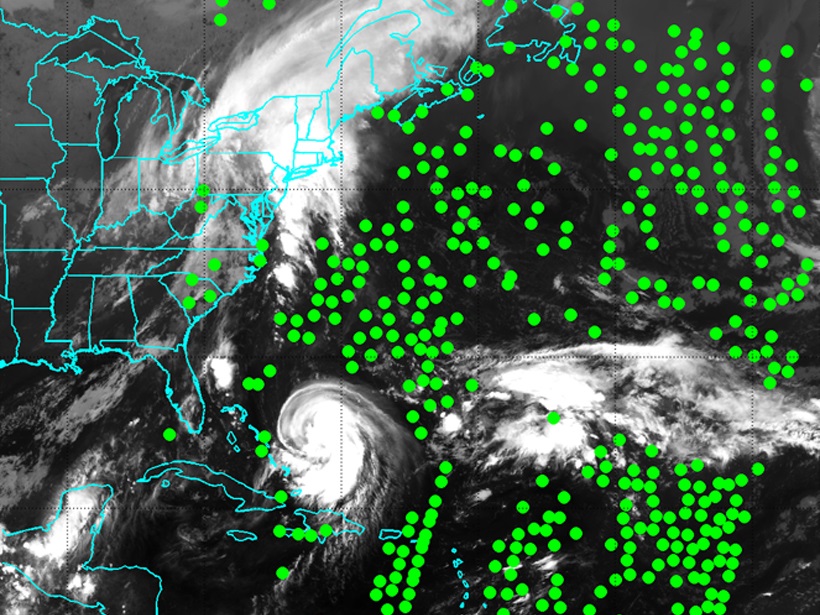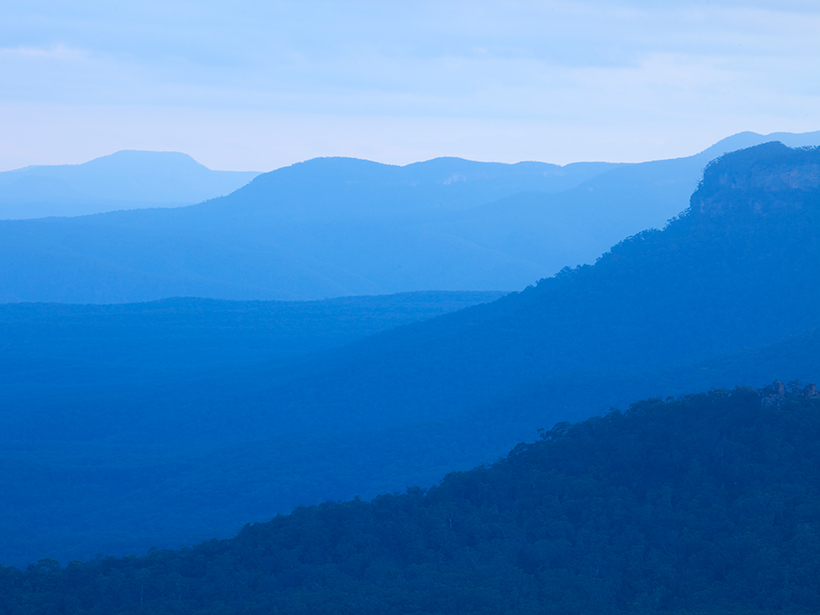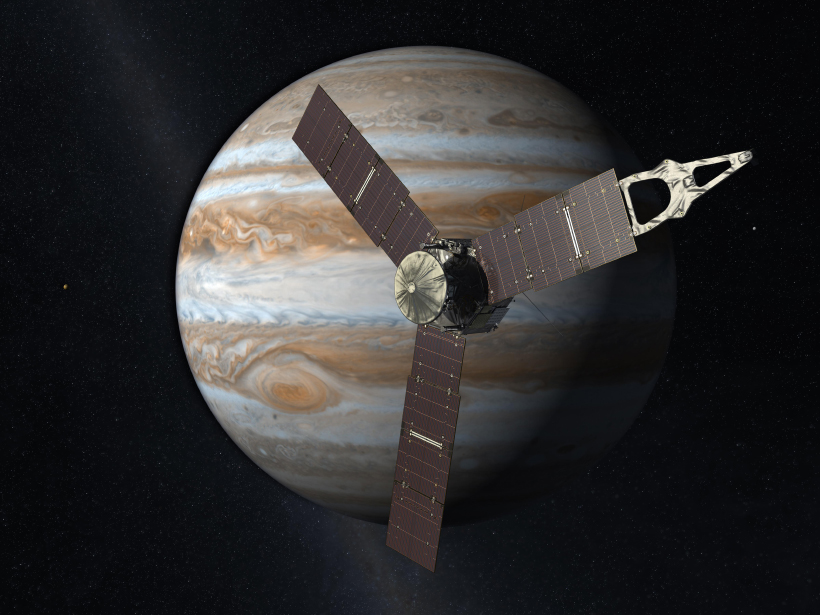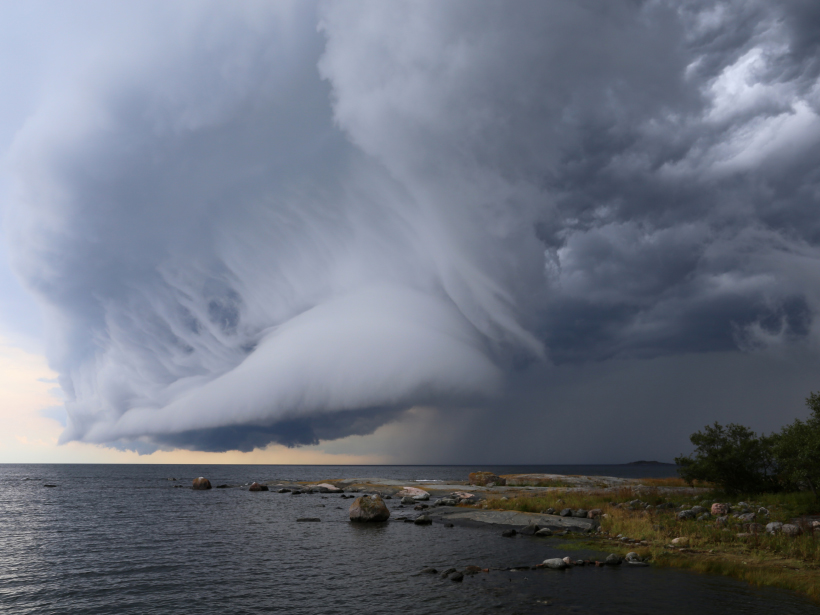In the Stratéole 2 program, set to launch in November 2018, instruments will ride balloons into the stratosphere and circle the world, observing properties of the air and winds in fine detail.
clouds
What Will Redwood Trees Do Without Foggy Days?
Coastal California fog—a key source of water for the iconic redwood tree—has declined by a third. Can a trace gas, carbonyl sulfide, be used to assess the effect on plant productivity?
Listening to the Clouds
The assimilation of cloud-cleared infrared data improves numerical weather forecasting, especially for hurricanes, by providing thermodynamic information in cloudy atmosphere.
Atmospheric Particles Aren’t the Same Cloud Seeds They Once Were
Still, more than half of the seeds required for cloud droplets to form in both the present-day and preindustrial atmospheres are made by trace gases that condense to form minute aerosol particles.
Nakajima Receives 2017 Yoram J. Kaufman Unselfish Cooperation in Research Award
Teruyuki Nakajima will receive the 2017 Yoram J. Kaufman Unselfish Cooperation in Research Award at the 2017 American Geophysical Union Fall Meeting, to be held 11–15 December in New Orleans, La. The award recognizes “broad influence in atmospheric science through exceptional creativity, inspiration of younger scientists, mentoring, international collaborations, and unselfish cooperation in research.”
How Do Clouds React to Regional Warming?
Researchers illuminate how and why cloud feedbacks depend on spatial patterns of global warming.
When Ice and Lightning Align
A new technique can remotely sense strong electrical fields within storm clouds.
Where Are the Electrical Currents in the Enceladus Plume?
A plume of water ice that escapes Saturn’s moon Enceladus should be coursing with electrical currents, but data are mixed. Now simulations suggest that a sticky dust cloud may shield signals.
Huge Storms Disrupted Jupiter’s Fastest Jet Stream in 2016
Recurrent jet stream disturbances provide glimpses of what lies beneath the gas giant’s thick upper cloud cover.
Using Multiple Satellites Gives a Fuller View of Cloud Structure
The unique strengths of different satellites reveal different facets of cloud systems and precipitation.

